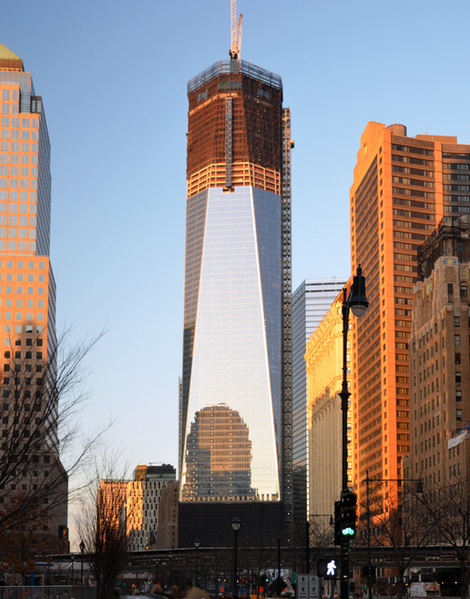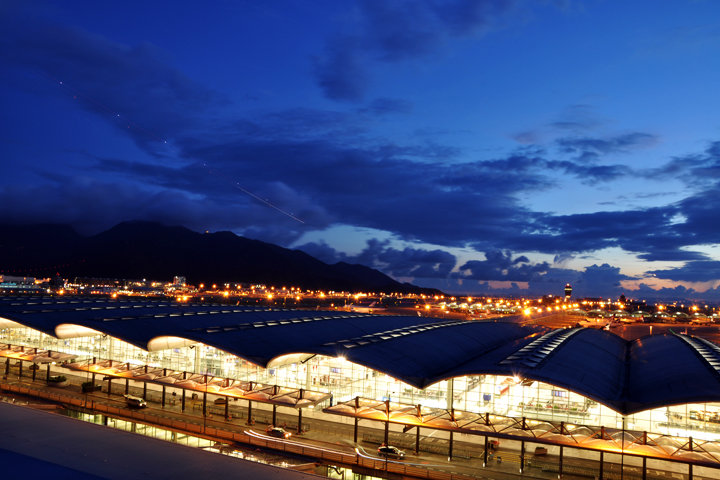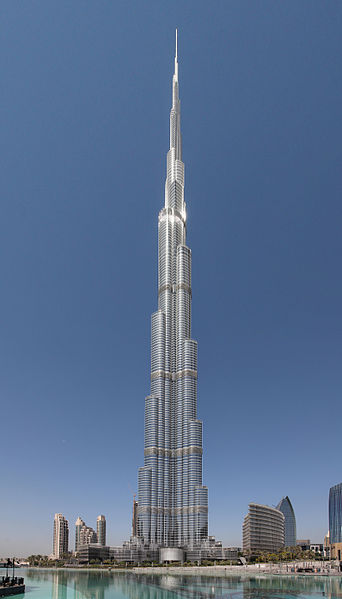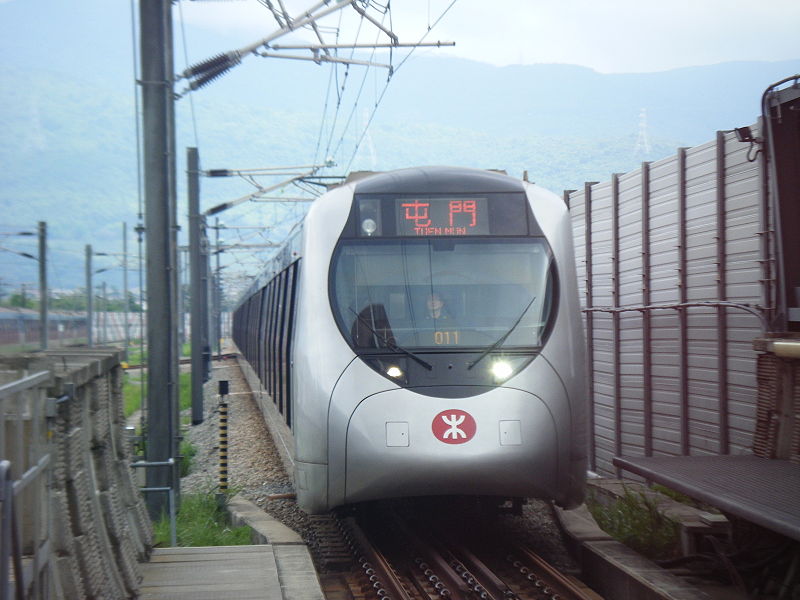With an initial budget of US$65 million FoxMeyer Drugs endeavored to implement enterprise resource planning (ERP) and automation technologies in 23 factories. The project was a bold decision to boost efficiency and gain competitiveness in the drug distribution market. Despite positive expectations, the project resulted in considerable failure, finishing $34 million over budget and leading to FoxMeyer’s bankruptcy. Failure was associated with; setting unrealistic project scope, the lack of implementing Phase Gates (Stage Gates) and major milestones, and inadequate risk management practices.
This is part of a series of blogs about recently completed projects, thanks to my University of Toronto Master of Engineering students for their much more detailed reports.




